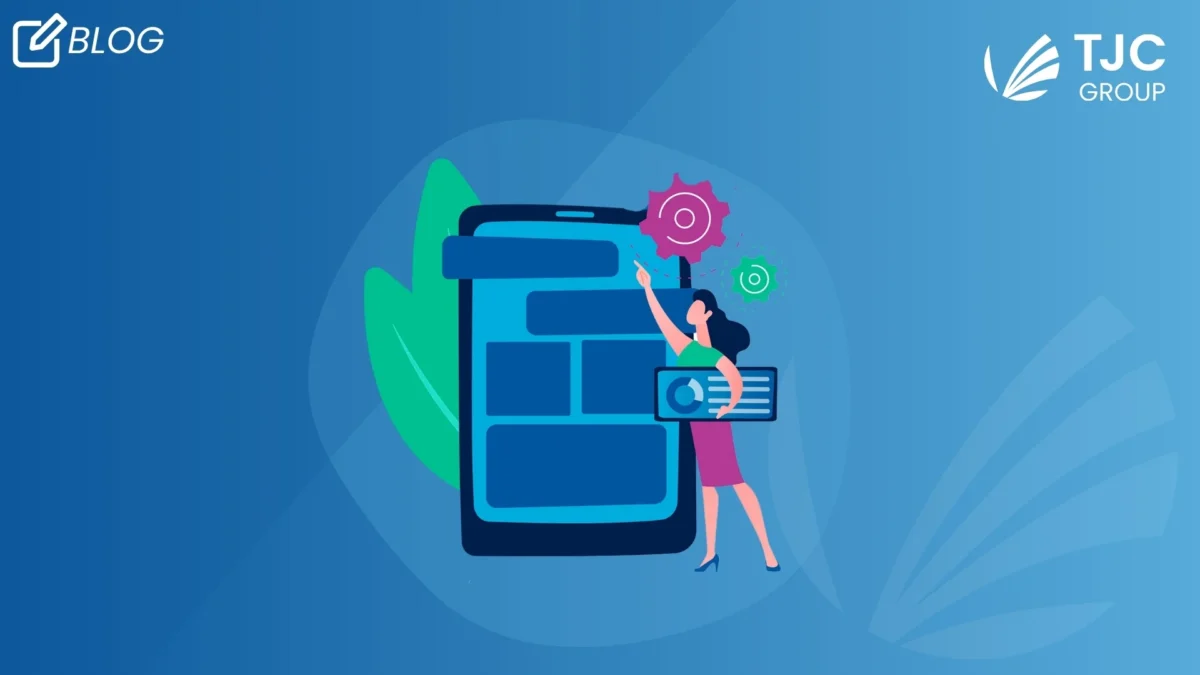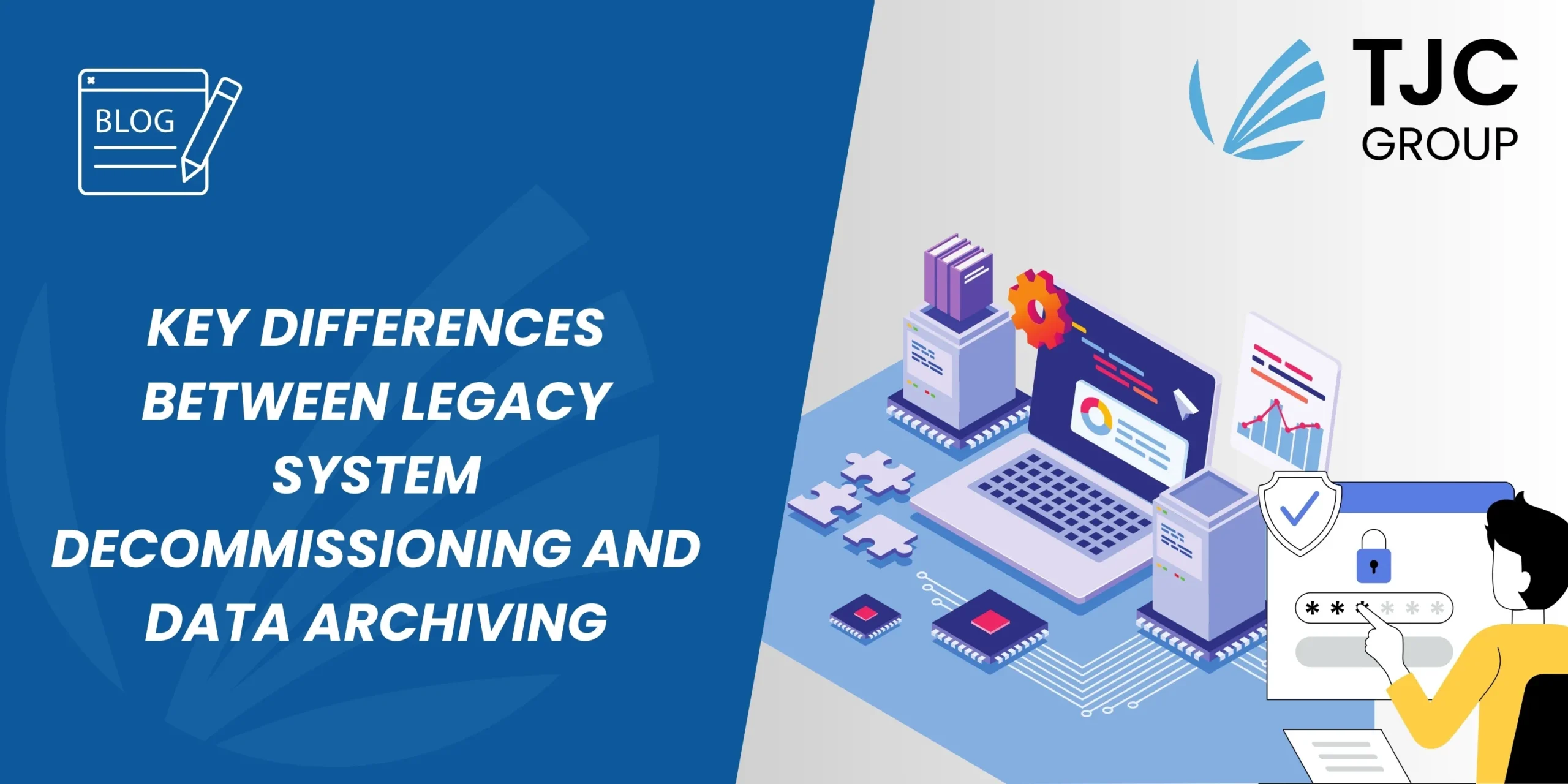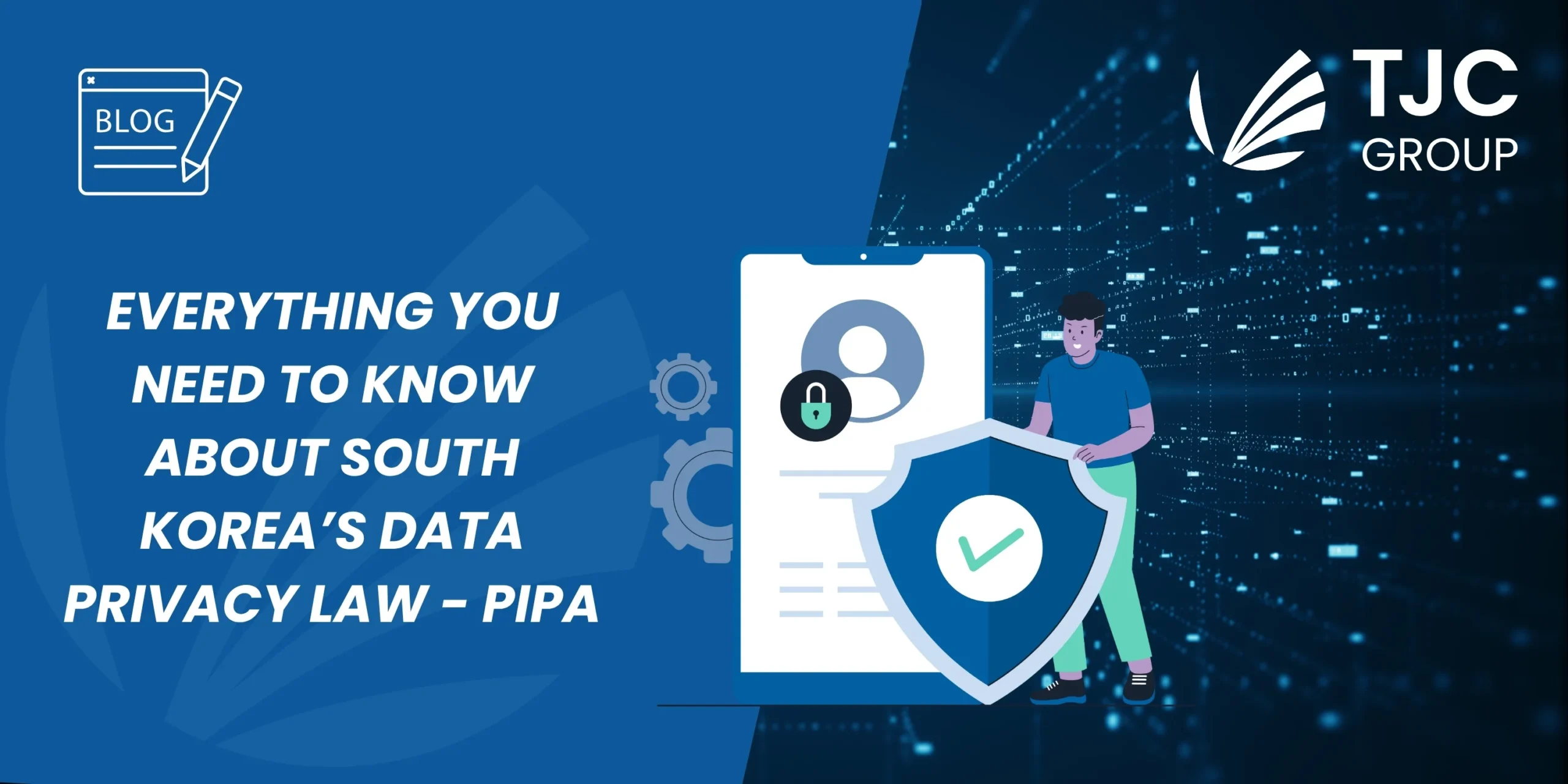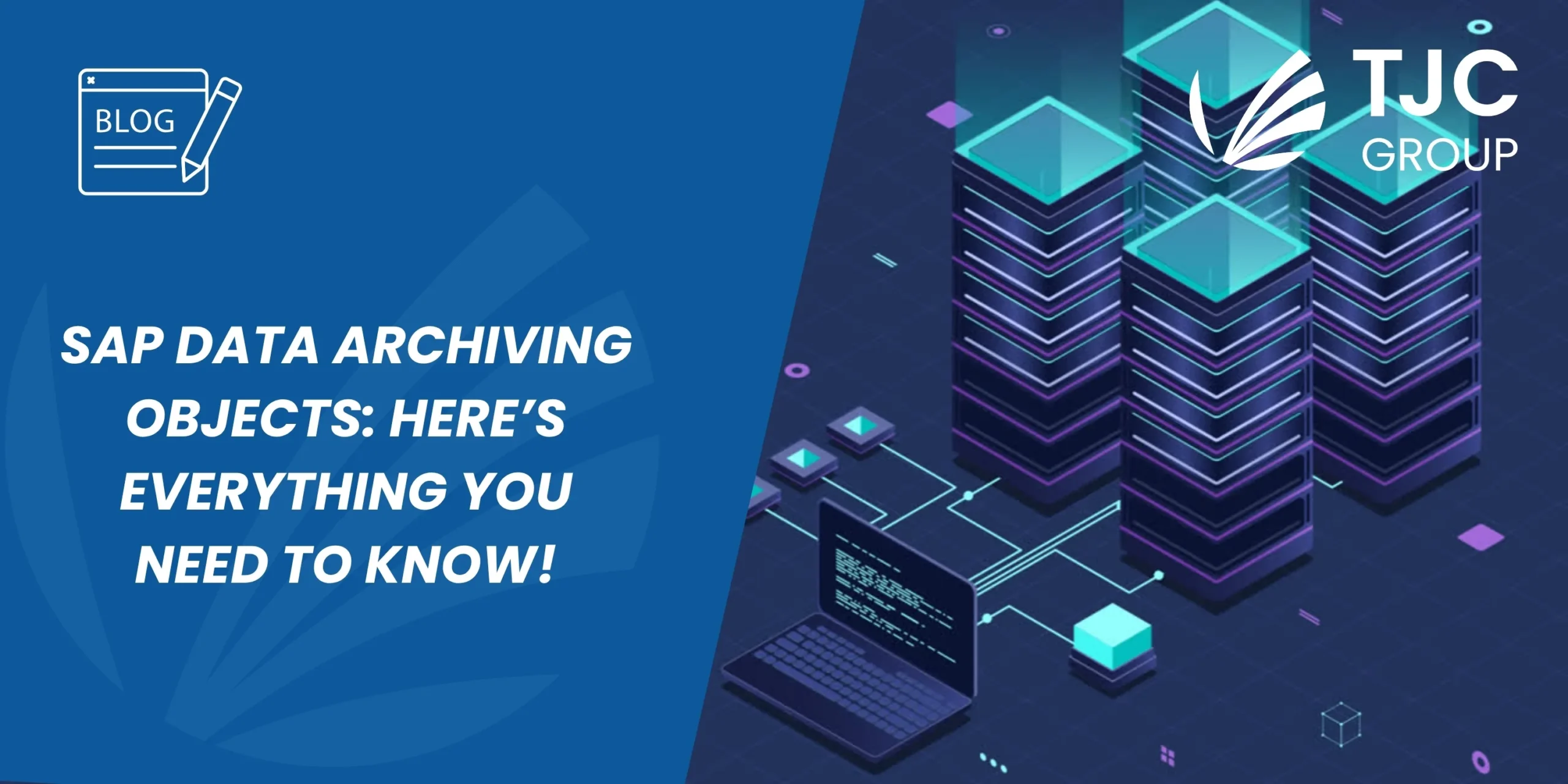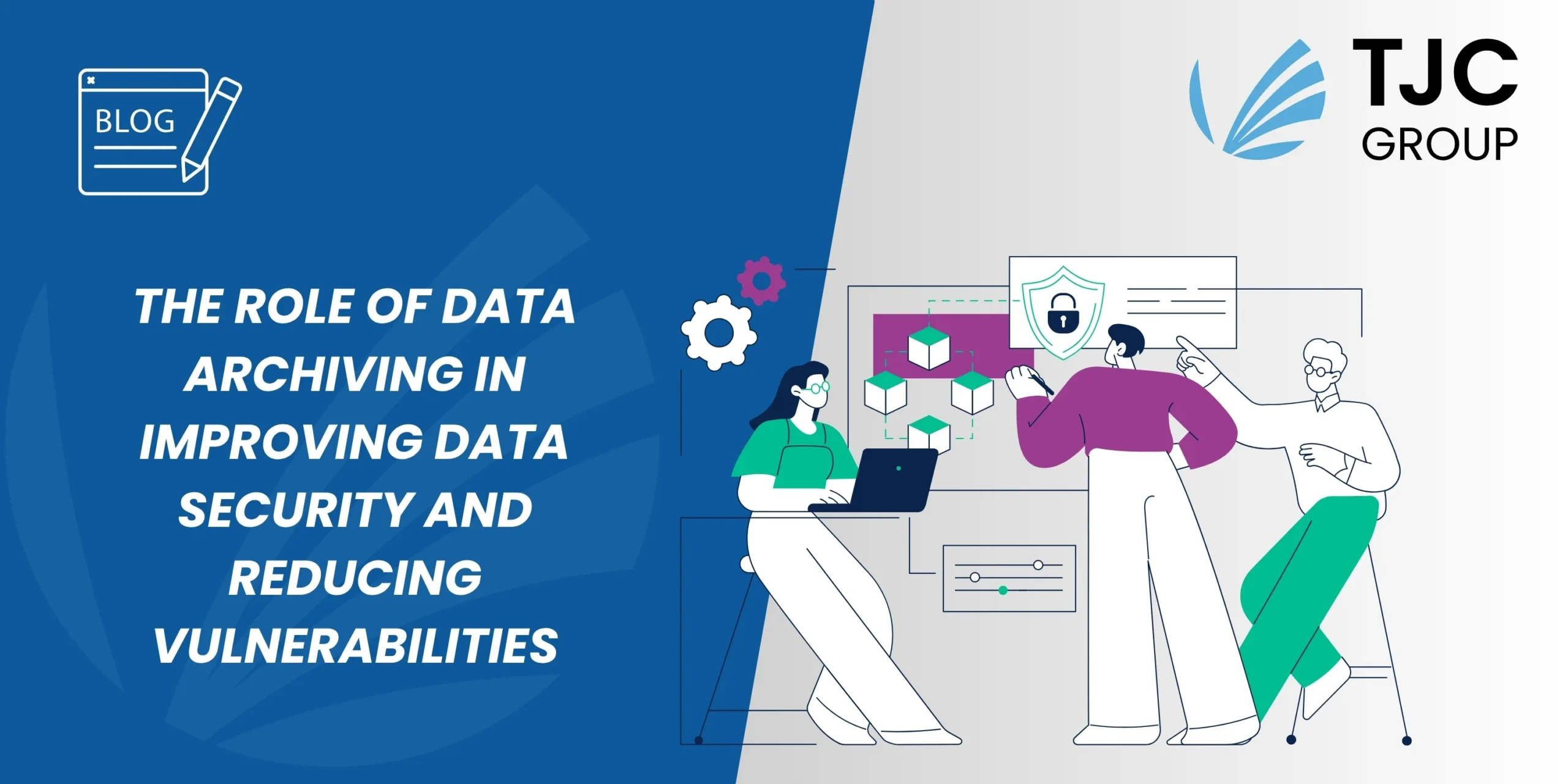Author: Priyasha Purkayastha, Global Content Manager, TJC Group
SAP data archiving is hands-down one of the best methods of managing the ever-evolving data growth. It is a boon to organisations that want to optimise their main system performance while not losing important/historical data. However, implementing a full-fledged archiving process requires meticulous planning and strategies. Do you want to know what they are? Read this blog to find out the 9 absolute SAP data archiving strategy for your organisation.
Table of contents
A quick glance at SAP data archiving
Before diving into the nuance of how to approach data archiving, let us give you an overview of its definition. Archiving of data helps organisations effectively manage their ever-evolving data growth and optimise system performance. The process also helps organisations ensure an efficient and effective use of their database resources in the IT landscape. Having said that, SAP data archiving also enables long-term data storage and retention, giving users the benefit of accessing information for audits and other purposes. There are several existing technologies for archiving; however, in the SAP world, the technology used is the Archive Development Kit along with Archive Administration (transaction SARA).
Implementing a robust SAP data archiving strategy
Is the data archiving approach same in all the systems?
Fairly, the entire SAP data archiving methodology depends on the system that you are using. Data archiving in S/4HANA differs from archiving in SAP ECC. Limiting the size and growth of the HANA database is important, because any increase in that, leads to complex upgrades and unprecedented costs. Therefore, it is imperative for organisations planning to migrate to S/4HANA to implement a robust SAP data archiving strategy. This will help organisations optimise data while also ensuring compliance with respective data privacy laws.
SAP data archiving strategy: 5 tips to optimise the process
The approach to archiving your data requires meticulous planning; it is quintessential that you create a robust strategy to ensure a smooth and streamlined process. Here’s a step-to-step guide to ensure the same –
Strategy #1: Understand and sort the data to be archived
One of the most important points before starting with the SAP data archiving process is to understand and sort the data that you have archive. The truth is organisations create vast amounts of data on a daily basis; therefore, data accumulation is inevitable. However, knowing which data to archive and which one to keep in the main system is important. How do you do that? For starters, identify the residence of the data i.e., how old the data is, if it is absolutely necessary for current work scenarios, how much space it is occupying, and so on. If it is a historical data with no relevant use, put it in the list of data that needs archiving.
Strategy #2: Identifying the archiving objects
Another important SAP data archiving strategy is to identify the archiving objects. The fact of the matter is that archiving objects are the building blocks of data archiving. It represents the structures of the data as well as the associated business objects that can be archived. For the unversed, SAP says that an archiving object helps specify the data is archived and how. Archiving objects are precise, and furthermore, describes which database objects must be handled together as a single business object.
There are three archiving objects, namely an archiving object that can only archive data; an ILM object that can archive and/or destroy data, and an HR ILM object that can run data destruction. Organisations must identify the relevant archiving objects as it will help ensure that the archived data maintains the context of its business. Additionally, having clarity about archiving objects also helps organisations access and analyse the archived data when required.
Strategy #3: Define data retention periods and policies
Yet another crucial point an SAP data archiving process – data retention periods help define the time length for which data must be stored in a secured location, before it can be archived or deleted. It is imperative for organisations to establish retention periods as per the legal, regulatory, and business requirements. Additionally, having data retention policies in place helps balance data accessibility and storage costs.
Keep in mind that for a seamless SAP data archiving methodology, defining rules for blocking and deletion after the defined retention periods is necessary. Data retention periods are determined by the purpose of retaining the said data, which can vary from order management to application management, invoice management, and so on.
Strategy #4: Choosing amongst the archiving processes
One of the most important things to consider before approaching with an SAP data archiving process is to select the method of archiving. There are three types of archiving methods, namely comprehensive or full archiving, selective archiving, and catch-up archiving.
Comprehensive or full archiving: This is your standard data archiving process where you systematically store data into a separate storage location with long-term retention periods.
Selective data archiving: This method is used to archive only specific subsets of data based on pre-defined criteria, instead of archiving the full set of data.
Catch-up archiving: In this SAP data archiving process, overlooked data or the ones that weren’t archived on time are considered. Catch-up archiving helps address gaps in archival coverage. Furthermore, it ensures that historical records are compliant with the regulatory as well as business requirements. Archiving gaps can occur due to technical issues, oversight, or policy issues.
Strategy #5: Consider the type of archiving
Often people mistake data and document archiving to be the same thing. However, they are not. That’s why, considering the type of archiving also plays a major role in developing a robust SAP data archiving strategy. While data archiving is a preferred choice for structured data where data is moved from the live system to a secondary one; document archiving is for unstructured data like sales invoices, PDFs, word files, and so on. This process occurs in real-time, and moreover, can be stored in any content server. That being said, you also have fiscal archiving, where you regularly freeze your data for a specific time.
SAP data archiving methodology: Other things to consider without a miss
Apart from the strategies mentioned above, there are a few other things to consider, such as –
#1 Implementing an archiving schedule
To ensure a smooth approach to data archiving, implementing a schedule is quintessential. One thing that you have to keep in mind is that data archiving is a recurrent manual task. It requires a series of jobs to be reviewed and executed on a regular basis. Manually performing the said jobs is a challenging task, and here’s when automation comes as your saviour. As a matter of fact, automated data archiving helps organisations with lowering their TCOs, accurate data compliance, and much more. For businesses, whether using an SAP or non-SAP system, having an automated SAP data archiving methodology is an absolute need. TJC Group’s brainchild – the Archiving Sessions Cockpit (ASC) help organisations with optimising and automating the data archiving as well as data destruction processes.
Learn more about the Archiving Sessions Cockpit here: https://www.tjc-group.com/blogs/automating-sap-data-archiving-with-the-archiving-sessions-cockpit/
#2 Testing and validating the process
Before the SAP data archiving process is deployed into a production environment, it is imperative that organisations test the process. Post which, organisations must validate the process in a non-production environment. By following this approach for data archiving, they can identify issues like data inconsistencies, impact of the system performance, and so on.
#3 Monitoring and optimising the performance
Call it an SAP data archiving strategy or best practice, but regular monitoring of the archiving process is what keeps the entire landscape streamlined.
By monitoring and optimising, you can gauge how well the archiving solution is performing. This, thereby, helps ensure that it is operating as intended. Not just that, this also helps in ensuring timely delivery of the projected results. For the same, organisations must set performance metrics and processes to identify any issues that may come up during data archiving, while having measures in place to resolve those issues smoothly.
#4 Training your users
For a streamlined SAP data archiving process, training the users is an essential factor. Organisations must ensure to provide training not just on the archiving process, but also the tools, best practices, and so on. This will help them understand the benefits of data archiving; furthermore, users can effectively access and analyse the archived data.
How can TJC Group help you with the SAP data archiving process?
SAP data archiving is an excellent approach to curbing and managing data volume growth. However, it can be tedious, and challenges are bound to crop up on the way. The best action forward is to join hands with an expert that can bring you magnificent results. TJC Group is one of the leading experts in the SAP data archiving landscape, with over 25+ years of experience. Our SAP data archiving strategy focuses on assessing the data volume of the organisation to archiving and managing them. Post the successful delivery of the archiving project, we provide additional services to our clients with a dedicated Archiving support team (Business Process Outsourcing-BPO). It helps monitor and address any issues or queries in the archiving processes, established by the project team.
Moreover, we thoroughly understand the ever-evolving legal and regulatory landscape across the world. Additionally, the importance of data privacy requirements and abiding by the privacy laws are also mandatory. Of course, not to forget, the other technical aspects of compliance. Joining your hands with us will benefit you in several ways as we come with a vast knowledge of SAP, seasoned subject matter experts, and state-of-the-art technology. We have helped several clients with their data archiving requirements; you can read about them here:
https://www.tjc-group.com/resource-category/case-study/
For more information on the SAP data archiving process or overall data management, contact us now!


